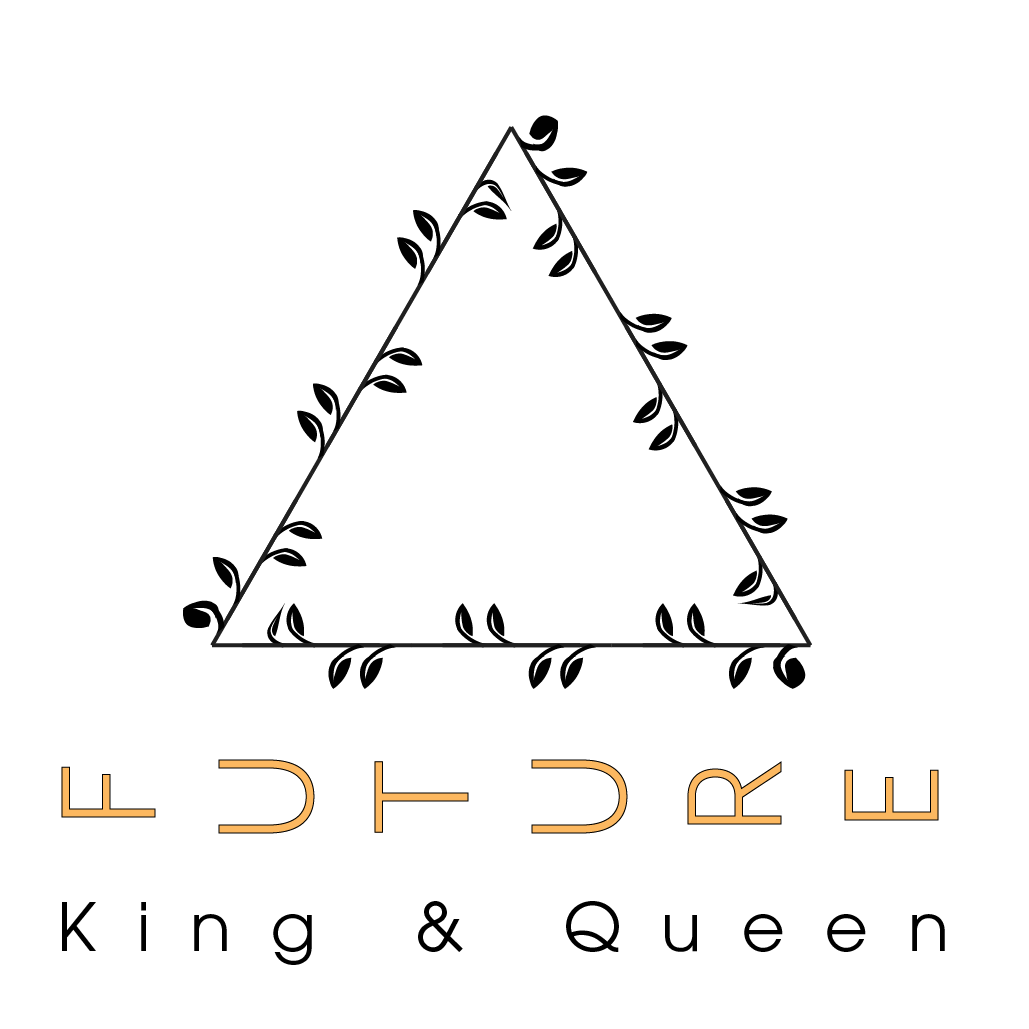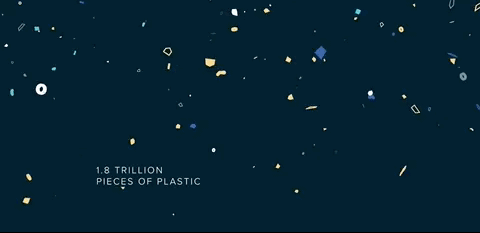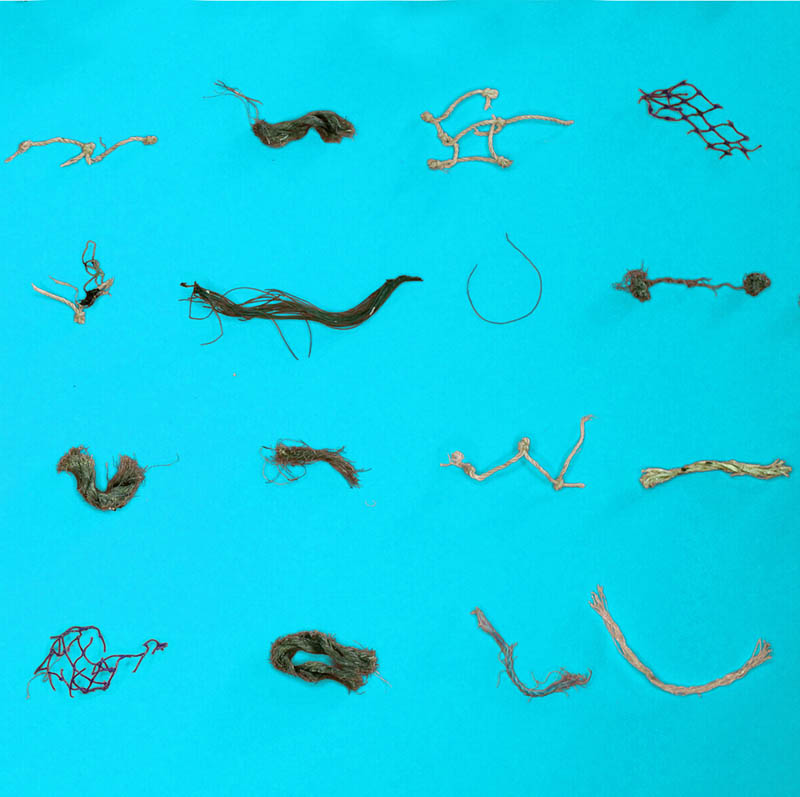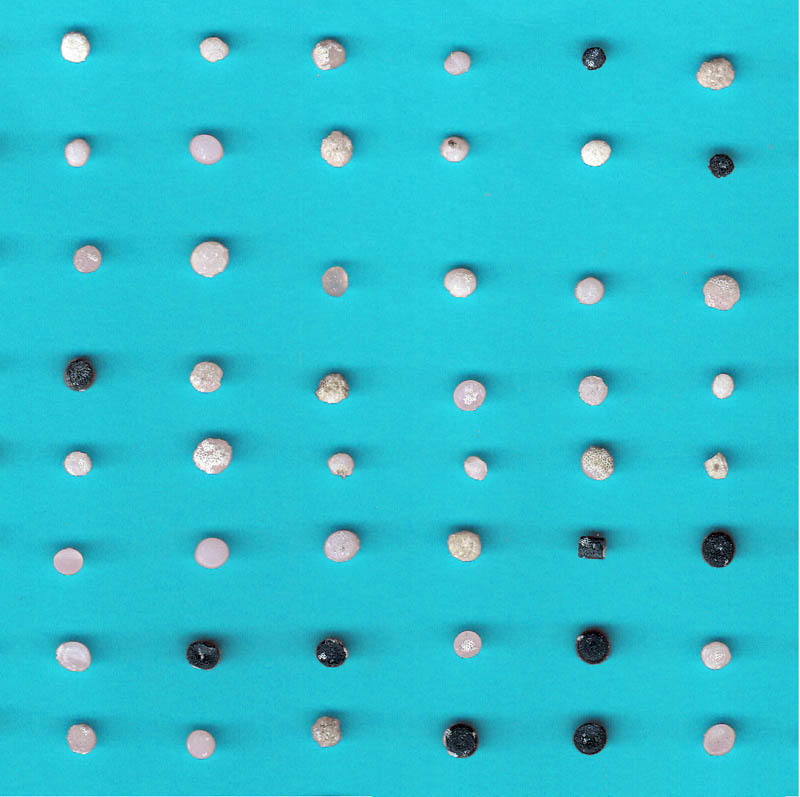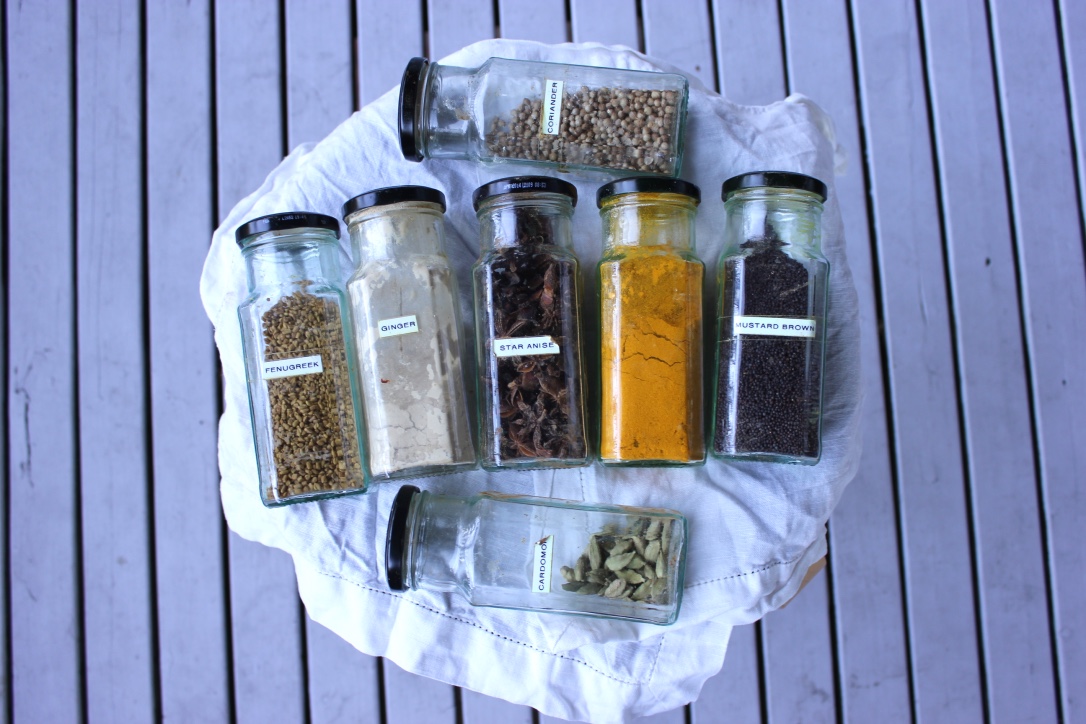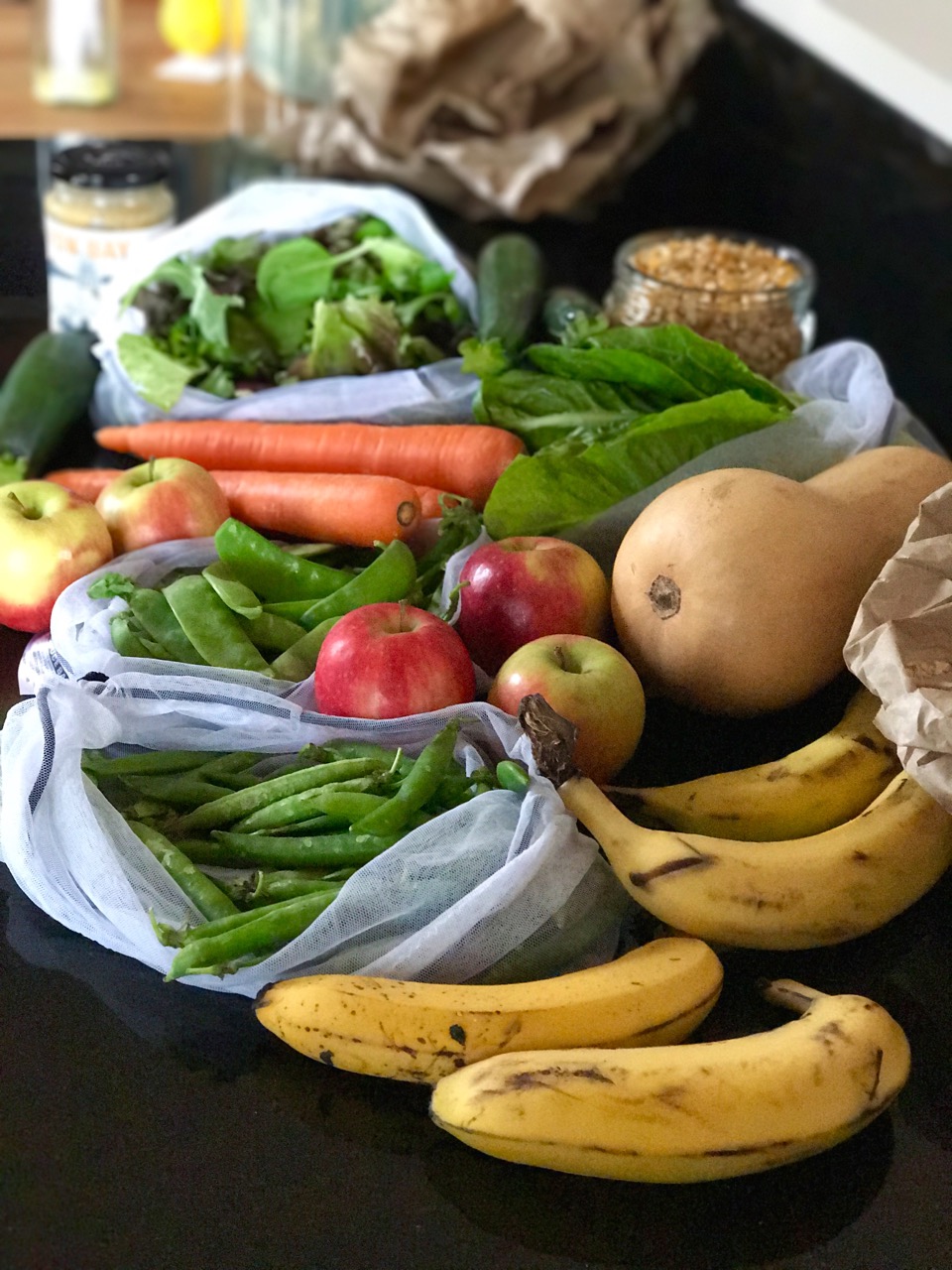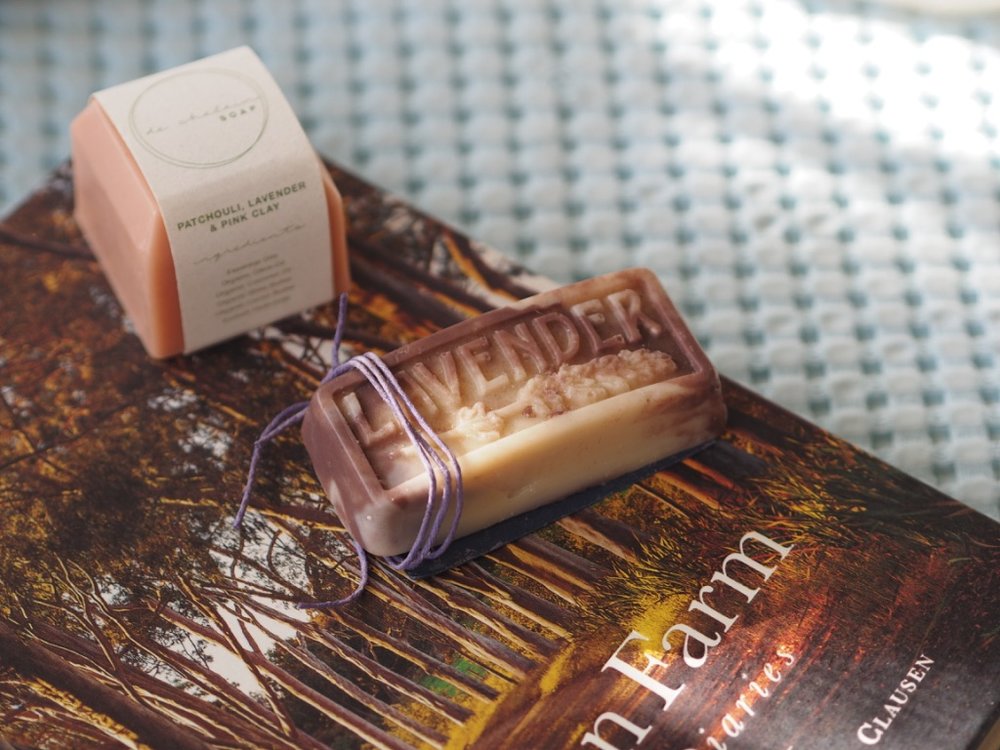The Ocean Has a Patch of Plastic That's 3 Times The Size of France, And It's Growing
Just think about that. 3 Frances all lined up next to each other. That's the size of a patch of plastic (the Great Pacific Garbage Patch) that's currently floating together in the middle of the Pacific Ocean. It's the largest accumulation of ocean plastic in the world, and it is located between Hawaii and California. Scientists of The Ocean Cleanup Foundation have recently conducted the most extensive analysis ever of this area, and here's what they found..
It is estimated that 1.15 to 2.41 million tonnes of plastic are entering the ocean each year!
The GPGP in particular has 80 000 tonnes of plastic floating in it, which is equivalent of 500 jumbo jets. There are about 1.8 trillion plastic pieces floating in the patch - which is 250 pieces of debris for every human in the world.
What types of plastic float in the Great Pacific Garbage Patch?
The vast majority of plastics retrieved in the study were made of rigid or hard polyethylene (PE) or polypropylene (PP), or derelict fishing gear (nets and ropes particularly).
46% of the mass of the GPGP is made of fishing nets.
The 4 Categorisations of Different Plastic Types Found:
So, why should we care? What's the impact on marine animals and people?
Animals often confuse plastic for food, which is not surprising since there are 180 times more plastic than food at the surface of the GPGP. Sea turtles found in the area can have up to 74% of their diets composed of ocean plastics! This causes serious malnutrition. Much of this plastic contains toxic chemicals too.
And the problem isn't just that sea life are eating the plastic. Since discarded or 'ghost' fishing nets make up nearly half of the GPGP, animals often become entangled in the nets and die. This is contributing to many species now becoming endangered.
There are also huge financial costs of this plastic contamination, and due to bioaccumulation, chemicals in plastics enter the body of animals eating the plastic, which are then passed on through the food chain (eventually passing to humans if they eat fish).
Is it all doom and gloom? What can I do??
We can all definitely help to make a difference! Think about the little things you can do to avoid single use plastics. For example:
- Refuse plastic shopping bags and bring your own fabric bags instead.
- Bring your own reusable coffee cup to cafes (or savour the moment and drink it there!)
- Carry your own water bottle to avoid plastic bottled water.
- Ditch plastic straws! Ask the bartender to leave them out, or use your own reusable type (such as metal, glass or compostable versions).
- Shop at bulk grocery stores, where you can bring in your own containers/bags or use their provided paper bags.
- Get more ideas in the Plastic Free section of Future King & Queen
You may also be interested in..
Top image credit of Future King & Queen. All other images, video and statistics credit of The Ocean Clean Up.
